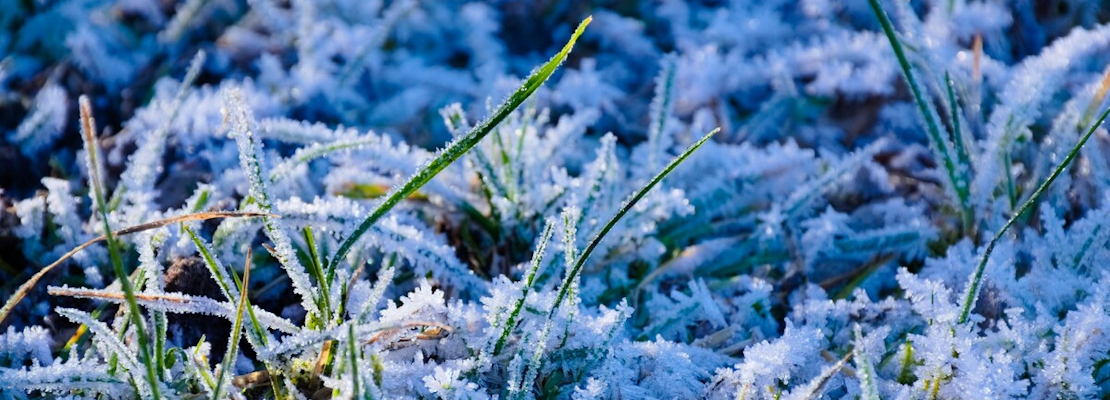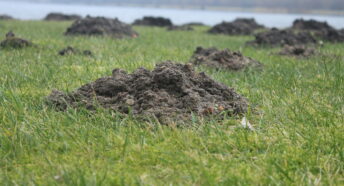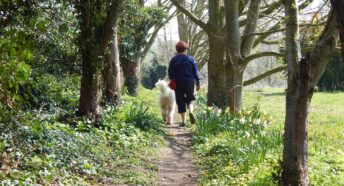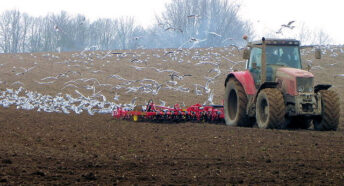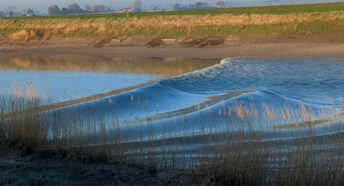Embracing winter’s transformation in Norfolk
As the crisp air of winter settles over Norfolk, our landscape undergoes a beautiful transformation.
While the vivid greens and blooms of spring and summer may have faded, winter brings its own kind of magic, revealing stark silhouettes, resilient greenery, and a sense of peaceful stillness.
At CPRE Norfolk, we’re reminded of how winter unveils the quiet strength of our countryside and the seasonal adaptations of both plants and animals.
Changes in flora – the winter landscape
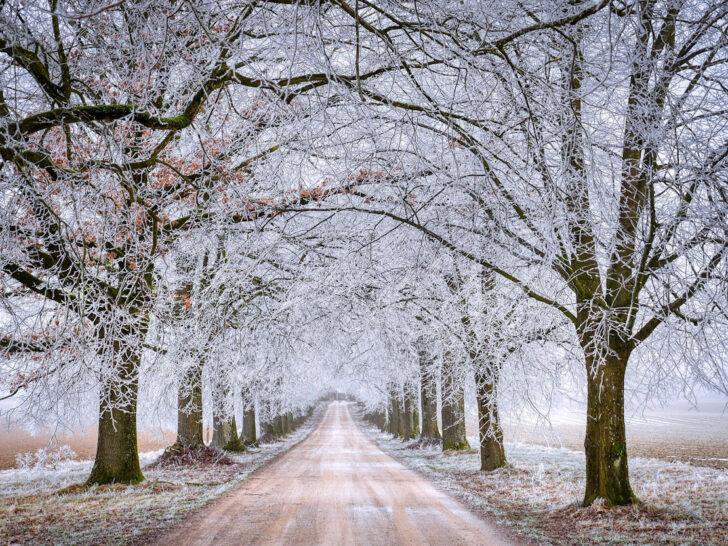
As temperatures drop and daylight shortens, many of Norfolk’s trees shed their leaves, revealing bare branches that paint the sky in intricate patterns. This leaf shedding, or abscission, helps trees conserve water and energy during the colder months, readying them for the growth ahead in spring.
Look up next time you’re walking; the exposed structure of each tree tells a story of survival, resilience, and renewal.
Among the bare branches, evergreens stand out as symbols of endurance. Conifers, pines, and other evergreen trees keep their needle-like leaves through winter. These hardy trees have evolved to withstand cold and conserve water, providing winter habitats and greenery for our landscapes.
You can spot these resilient trees in local woodlands and parks, where their rich green hues offer a splash of life amidst the muted winter palette.
And though many flowers have faded, some remarkable plants continue to bloom through winter. Species like winter jasmine and hellebores brighten the season with unexpected bursts of colour.
These hardy plants thrive in the colder months, reminding us that Norfolk’s landscape is alive and vibrant, even in winter’s grip. You might spot these blooms in gardens and hedgerows, providing vital resources for winter wildlife.
Changes in fauna – Norfolk’s winter wildlife
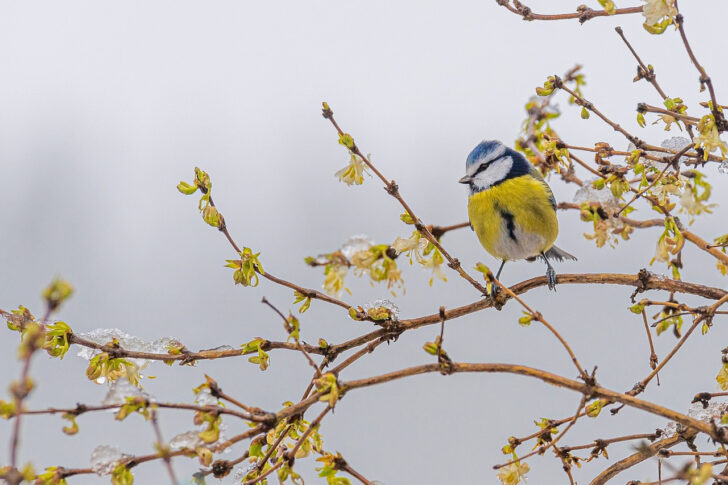
While some animals hibernate to survive the colder months, others remain active, adapting to the environment in fascinating ways.
Look carefully, and you may spot signs of hedgehogs, bats, and even certain rodents that have found cozy spots to wait out the chill. Hibernation allows them to conserve energy until spring, though their nests or burrows might give clues to their presence.
For other creatures, winter brings new behavioural adaptations. Deer, for instance, grow thicker coats to keep warm, while many bird species change their feeding habits and form flocks for added warmth and protection.
Keep an eye out for groups of birds foraging together or deer venturing into fields to make the most of available resources before the frost sets in.
Some species, however, choose a different strategy altogether. Norfolk’s countryside sees the arrival of birds like fieldfares and redwings from colder regions, seeking food and milder climates. These winter visitors can often be found foraging in hedgerows and fields, where they help maintain the balance of local ecosystems even as they seek refuge from harsher climates.
Winter exploration checklist

This winter, embrace the unique beauty and subtle life of Norfolk’s countryside. Equip yourself with:
- A camera or smartphone to capture winter’s beauty.
- A field guide to enhance your understanding of seasonal changes.
- Binoculars for birdwatching and spotting wildlife from afar.
- Warm clothing and a flask to keep you comfortable on chilly outings.
Each season in Norfolk brings its own wonders, but winter holds a special kind of beauty. Take a moment to enjoy the calm, the resilience of our countryside, and the subtle life that continues to thrive all around. Happy exploring!
For readers intrigued by Norfolk’s fungi, CPRE has a wonderful blog on fungi spotting here.
